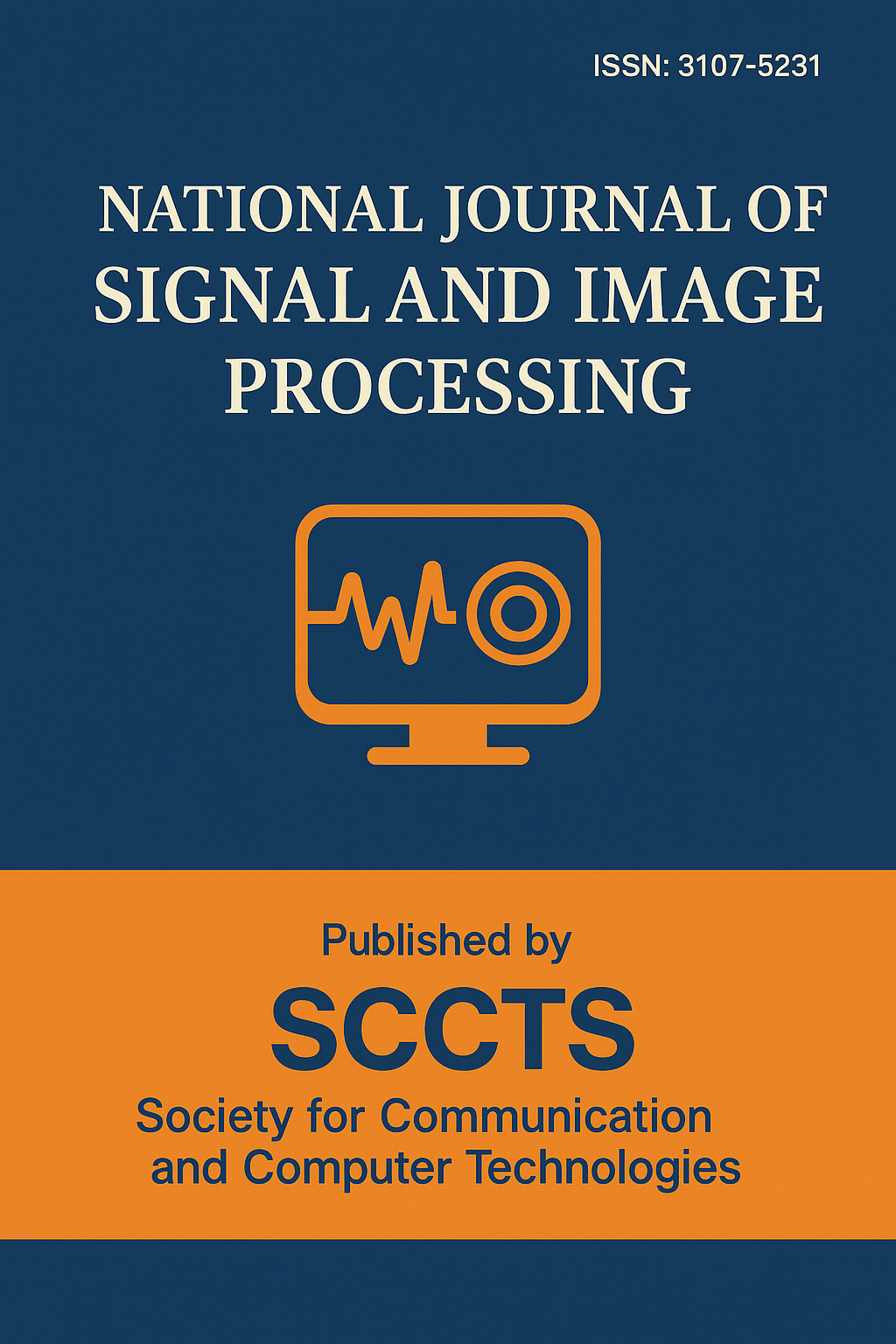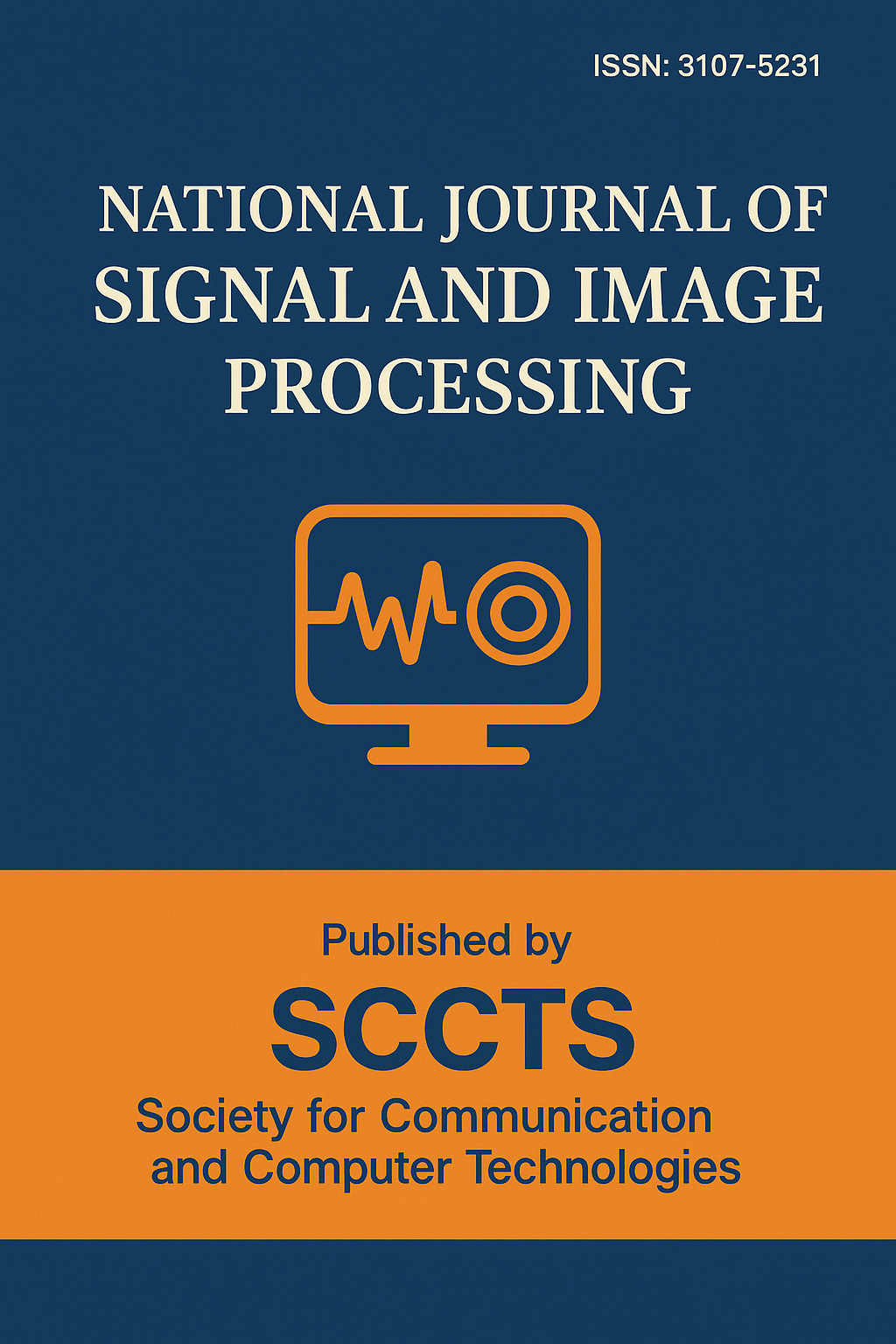Wavelet-Based Biomedical Signal Denoising for Remote Patient Monitoring Applications
DOI:
https://doi.org/10.17051/NJSIP/01.04.02Keywords:
Wavelet Transform, Biomedical Signal Denoising, Remote Patient Monitoring (RPM), ECG, PPG, Discrete Wavelet Transform (DWT), Motion Artifacts, Time-Frequency Analysis, Real-Time Signal Processing, Embedded Healthcare SystemsAbstract
Remote patient monitoring (RPM) is nowadays viewed as an indispensable constituent of modern healthcare infrastructure, thanks to which it is now possible in a non-clinical environment to monitor physiological parameters in real-time and continuously using such devices wearable and embedded sensors. Nonetheless, one tends to get polluted biomedical signals in such an environment as electrocardiograms (ECG) and photoplethysmograms (PPG) with biomedical applications are usually affected by noise of different forms, including baseline wandering, power-line noise, and motion artifacts, which may severely hamper the efficiency of diagnostic. In the given paper, a strong signal denoising model, which is related with the discrete wavelet transform (DWT), is shown with reference to biomedical signal improvement under RPM responses. Multi-resolution analysis breaks the signal into different frequencies and after the soft thresholding, the inverse reconstruction is used to suppress the noise without interfering with the morphological portion of the original waveform. To evaluate the performance of the proposed DWT-based approach compared to standard FIR/IIR filters and empirical mode decomposition (EMD), we attain some benchmarks datasets that are relevant and relevant so as to make a comparative study between both of them. The quality of performance is evaluated on the basis of signal-to-noise ratio (SNR), mean squared error (MSE) and percentage root mean square difference (PRD) which illustrate that the wavelet-based method focuses on achieving a high performance level in terms of denoising. Also, the real-time capability is confirmed by running on ARM Cortex-M4 microcontroller, where the time latency of each signal segment is less than 10 ms, hence attesting the suitability in an embedded healthcare system. The results support the effectiveness of wavelet-based denoising in the reliability of interpreting signals in anomaly detection, HRV analysis, and various end-use in RPM. In this work, the energy-efficient and precise signal processing algorithms will be developed towards making the next generation wearable health monitoring platform energy-efficient, which can ultimately deliver proactive healthcare services and enhance patients outcomes by analyzing physiological data at the right time and in a noise-free manner.






